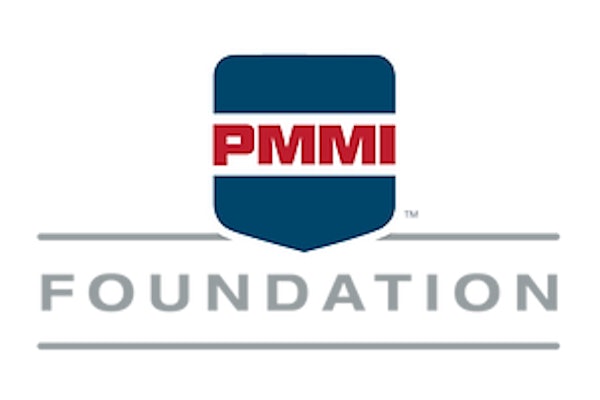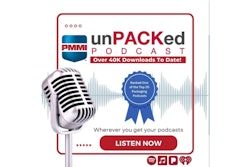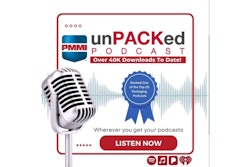Customer testimonials not only enhance marketing efforts but also aid potential customers in making informed purchase decisions. They provide a clear product or service use case, highlight unique selling points, and assure customers of their investment safety—crucial for large capital expenditures.
However, acquiring testimonials can be a hassle, with obstacles ranging from legal apprehensions to competitor intelligence concerns and time constraints.
This article offers practical tips to help marketers optimize a testimonial strategy, improving your interaction with customers and internal teams and ultimately assisting in closing more deals. Here are the top 10 things to do:
1. Simplify the customer's decision: Eliminate lengthy back-and-forth by providing customers with a succinct, comprehensive testimonial request including what information will be collected and how it will be distributed. Sharing examples of previous testimonials provides further clarification on expectations. And an offer to draft content for the customer to modify lessens their burden by providing a jumping off point, making the process pain-free.
2. Be flexible: Not every customer is in a position to provide a detailed testimonial. In these instances, it's crucial to be flexible and modify your request to match their capacity. Possible options could include an anonymous case study, a concise yet attributed quote, or an anonymous quotation.
3. Offer reciprocal benefits: If your testimonial strategy involves professionally-produced high-quality content, such as a video, make sure to underscore the dual advantages to customers. Reiterate that they could use the final product in their own promotion, thus saving both time and financial resources they would otherwise have to invest.
4. Provide customer incentives: Think of additional incentives that could prompt customers to agree to provide a testimonial. These incentives could range from a discount on installation or service fees to the chance to share their testimonial along with your team at an industry event. These incentives not only encourage participation but also make customers feel valued.
5. Motivate sales staff: Incentivize your sales team to encourage testimonial acquisition. Implement a Sales Performance Incentive Fund (SPIFF) system that rewards sales staff for each testimonial they secure or for reaching set targets. Incentive-based plans can significantly boost staff enthusiasm and effort towards testimonial acquisition.
6. Integrate testimonials into sales goals: Align testimonial acquisition to the wider sales goals. Although attention should primarily be on revenue-generating activities, integrating a small testimonial goal into overall sales targets can drive focus and commitment. However, this should apply only in scenarios where acquiring testimonials is not overly daunting or time-consuming.
7. Target high-value customers: Direct your sales teams towards customers that offer maximum value for your business. Identify the products, industries, or geographies that would most benefit from marketing support and ensure your team knows these are priority.
8. Equip sales with resources: Aside from giving clear direction, arm your sales teams with tangible resources like scripts and templates to aid testimonial requests. Regularly review the usage of these resources, and provide ongoing training sessions. This keeps the sales team up-to-date and encourages the effective use of available resources.
9. Maintain clear communication: When a customer agrees to participate in a testimonial, it's important to ensure smooth communication throughout the process. Establish clear expectations on roles and responsibilities between sales and marketing and let the key account relationship owner lead the introduction of new supplier contacts. This ensures an internal process that is efficient, easy for the team to understand and execute, and most importantly, hassle-free for the customer.
- Assess testimonial returns: Avoid generating testimonials merely to meet a numerical goal; each testimonial should be a valuable tool for nudging leads further down the sales funnel, particularly during the crucial stages from consideration to purchase. Evaluate how leads interact with testimonial content in marketing campaigns and seek direct feedback from your sales team on their practical use and effectiveness of these testimonials. Use these insights to sharpen the focus of your future testimonial creation efforts.
In a competitive marketplace, it is essential for businesses to maximize the use of every asset at their disposal, and customer testimonials certainly rank high on that list. By implementing the 10 strategies outlined in this article, you should be able to optimize your testimonial strategy effectively. Remember, testimonials are not just about reaching a certain count, rather, each one should have a tangible impact on guiding potential customers down the sales funnel. From simplifying the customer's decision and offering reciprocal benefits to integrating testimonials into sales goals and assessing their return on investment, it's about making every testimonial matter!
Keep these strategies in mind to enrich your sales process, improve customer engagement, and ultimately, close more deals.






















